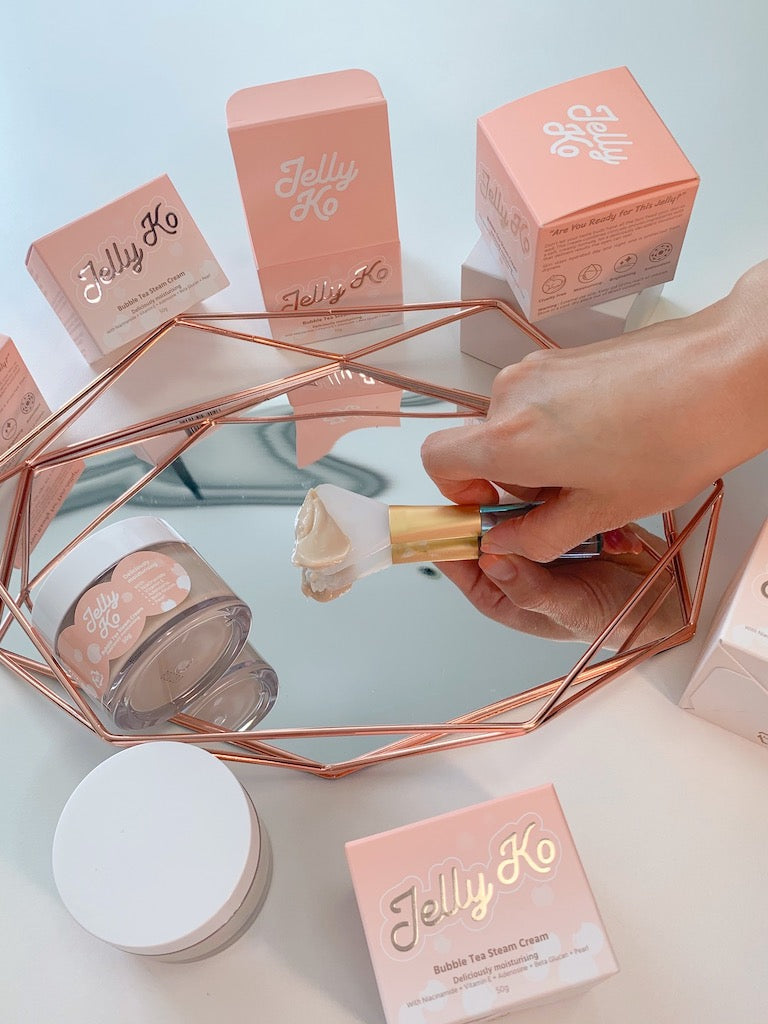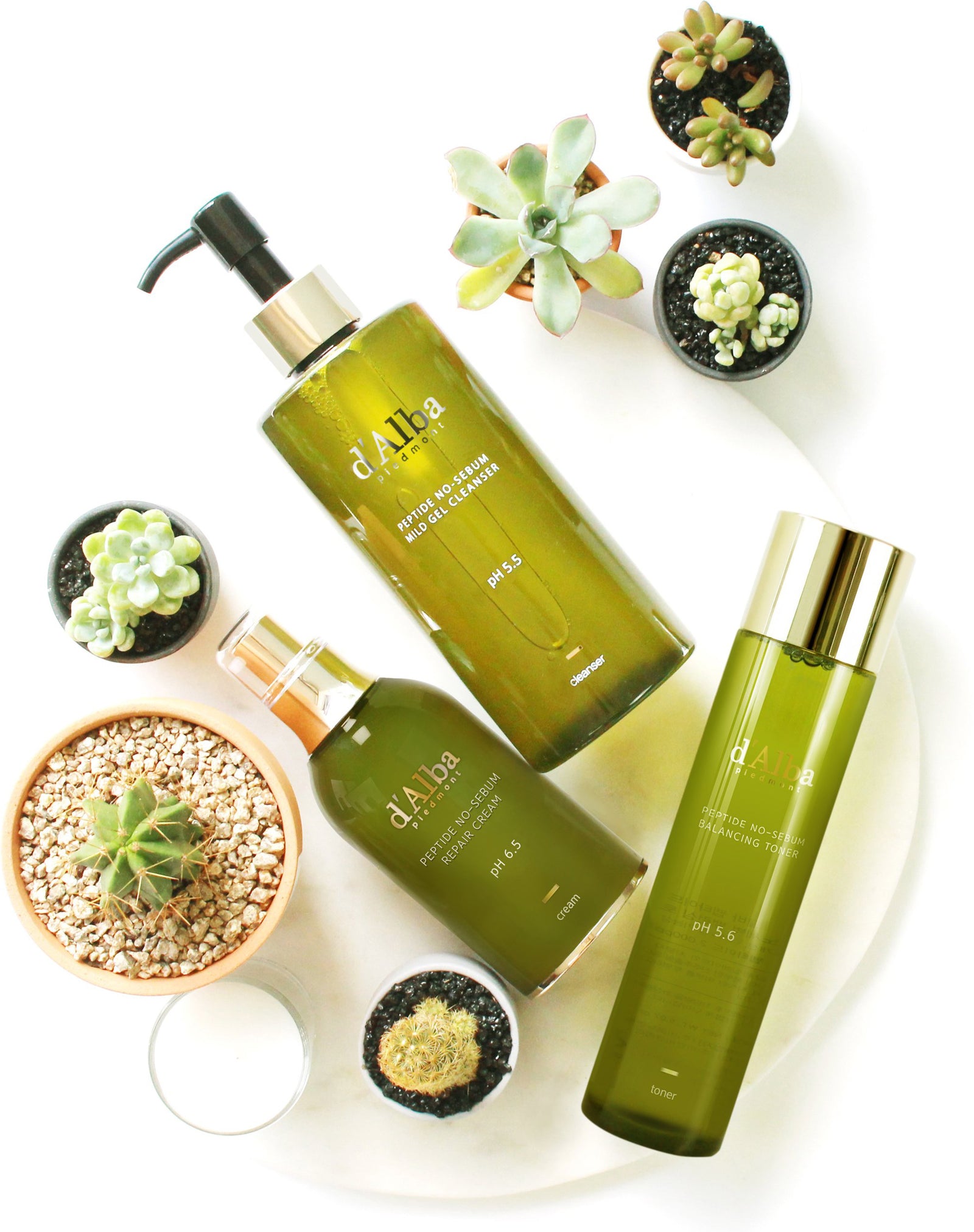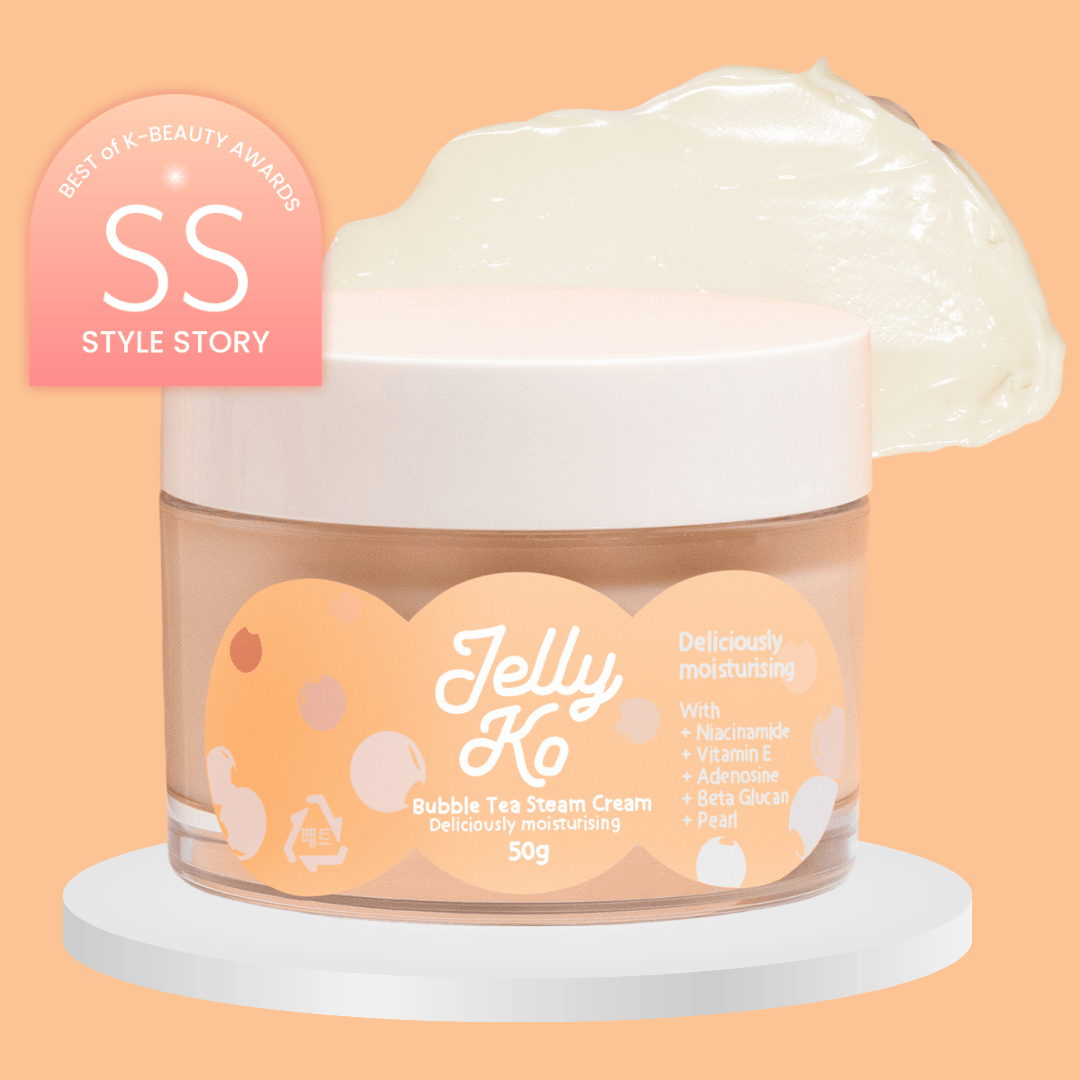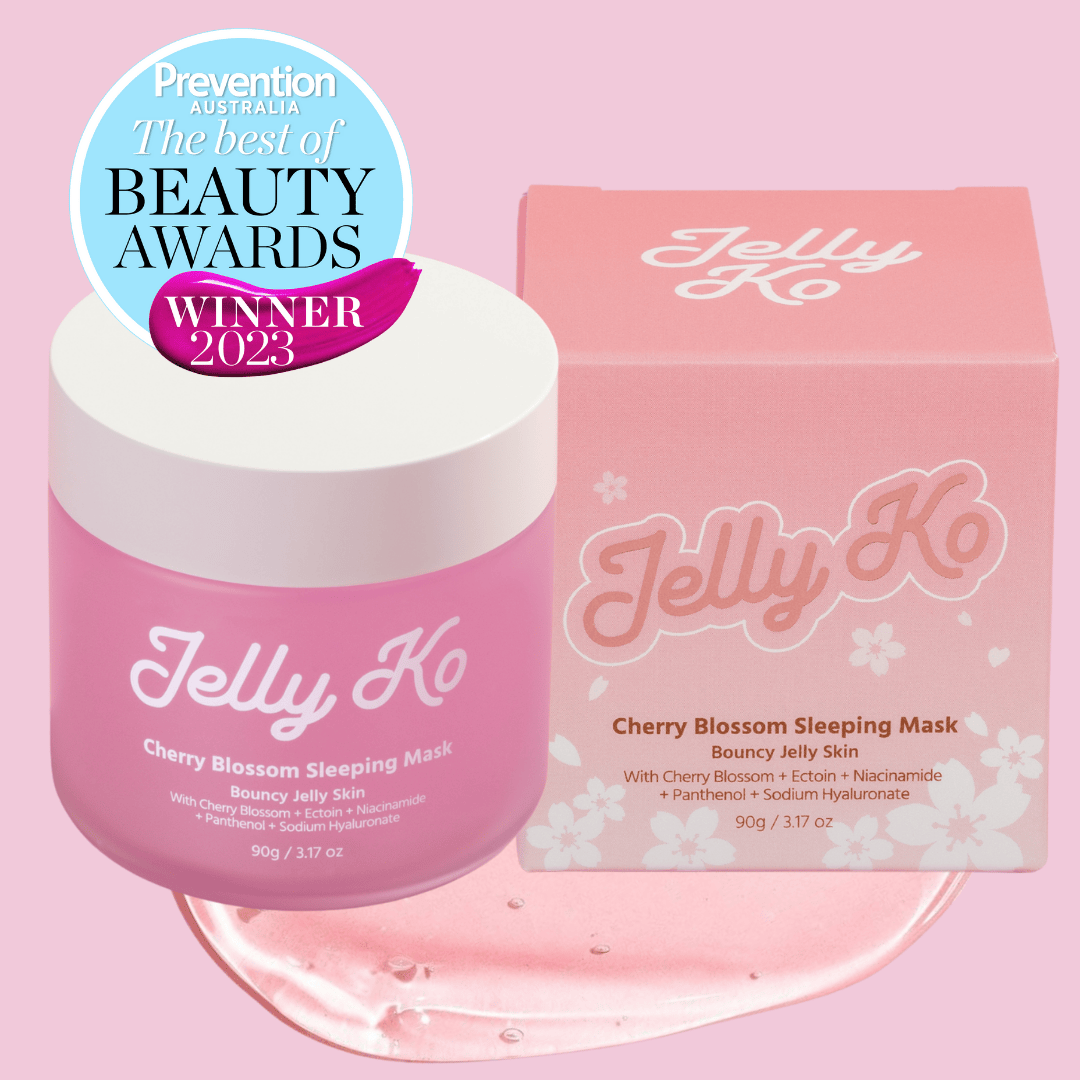GLOVEMBER: Jelly Ko is 25% off sitewide at jellyko.com – no code needed.
Menu
Why You Should Always Patch Test New Skincare
October 08, 2024

Why You Should Always Patch Test New Skincare
There’s nothing better than the excitement and anticipation of trying out a new skincare product – you’ve done the research, read the reviews and you *know* this is going to be your new #holygrail product.
But before you slather it all over your face for the first time, there’s an important step you should always take – patch testing.
We get it – the last thing you want to do is put any distance between your skin and your new MVP. BUT there are several really good reasons why you should always patch test new skincare.

1 You May Be Allergic To One Of The Ingredients
It can be one tiny ingredient in the product that doesn’t agree with you – but you won’t know this, or what that ingredient that is – unless you’ve tested the product first AND tested it by itself.
When you slap 12 new products onto your face all at once, there’s no good way of knowing which of them works for your skin or worse – pinpoint any that don’t.
This is the main reason we patch test – so you don’t slather an incompatible product all over your face.
Some ingredients are more prone to cause reactions than others, particularly for those with sensitive skin. Dyes, fragrances, parabens, alcohols, preservatives, sulfates, phthalates and acids can all be problematic for sensitive skin types, as can ingredients like coconut oil, lanolin, essential oils and isopropyl palmitate for those with acne.
If you do have sensitive skin, tune into this episode of the Korean Beauty Show podcast:
2 It May Cause You To Break Out
Using a product that’s not right for you can result in painful breakouts, bumps and clogged pores that can take weeks to clear. If this isn’t a good enough reason to patch test, and introduce new skincare products with caution, we don’t know what is!
Although some products – like BHAs, for example – can cause purging and breakouts as a sign that they’re working, regular skincare products should not be causing you to break out. If you notice unusual breakouts shortly after starting a new product, this could be the culprit.
3 It’ll Help You Save Money
Although it might seem boring, patch testing is not a waste of time as it can be invaluable in helping you make future skincare purchases. Once you know which products and ingredients your skin jams with – and better yet, the ones it hates – you can check the ingredient lists in advance and avoid any wasted purchases.
Not only does this save time (and money!) down the track, it will also make experimenting with new skincare much more enjoyable, as you can bypass the products that just won’t work for you.
Hot tip: Skincare minis and samples can help you work out which products do and don’t gel with your skin before you dive in and buy the full size version.

How To Patch Test New Products
The best way to introduce new skincare products into your routine is to patch test each of them for a few days and then introduce one new product to your routine slowly. There are three separate tests you should run, to test for three different reactions:
1 Test For Allergies
Apply the product behind your ear. If your skin tingles or breaks out in red, bumpy and splotchy patches, discontinue use immediately. If there is no reaction, you can move onto the second test.
2 Test For Irritation
Apply the product to a discrete part of your face or neck. If irritation occurs, it’s important to note the kind of irritation you are experiencing. If you are testing out an acid – that is, a product containing a BHA, AHA, glycolic acid, lactic acid etc – this is a normal reaction and doesn’t necessarily indicate a problem.
If no unusual irritation occurs, you can move onto the last test, which is to check whether the product causes you to break out or your pores to become clogged.
3 Test for Clogging
Apply the product to the areas you experience the most breakouts. If you experience cysts, whiteheads, clogged pores or active acne, this is not the product for you.
How Long To Patch Test For
The ideal isolation test period is two weeks for each product, but some people will be able to tell immediately whether a product is working for them or not. If you can’t tell immediately, remember that the skin renews itself every 28 days, so reassess after a month whether you think the product is really working for you.
One Last Tip
Make sure you introduce each new product by itself!
Plenty of newbies have horror stories about the time they introduced a 10 step Korean skincare routine to their skin – on the same day – only to find a week later they had an irritated face that nothing could calm down. The culprit? Too many new products overloading the skin.
If you throw everything on at once, or use too many thick, heavy products, it can cause breakouts and bad reactions. This isn’t good for anyone and may cause you to think that particular products are ‘bad’ when in reality, it may have just been too much of a good thing. Remember the old saying – slow and steady wins the race!
Want more tips on the K-Beauty beginner mistakes to avoid? See our blog post here.
STYLE STORY – Your Go-To For K-Beauty
Shop Now
"It can be one tiny ingredient in the product that doesn’t agree with you – but you won’t know this, or what that ingredient that is – unless you’ve tested the product first AND tested it by itself."
- STYLE STORY





Leave a comment
Comments will be approved before showing up.